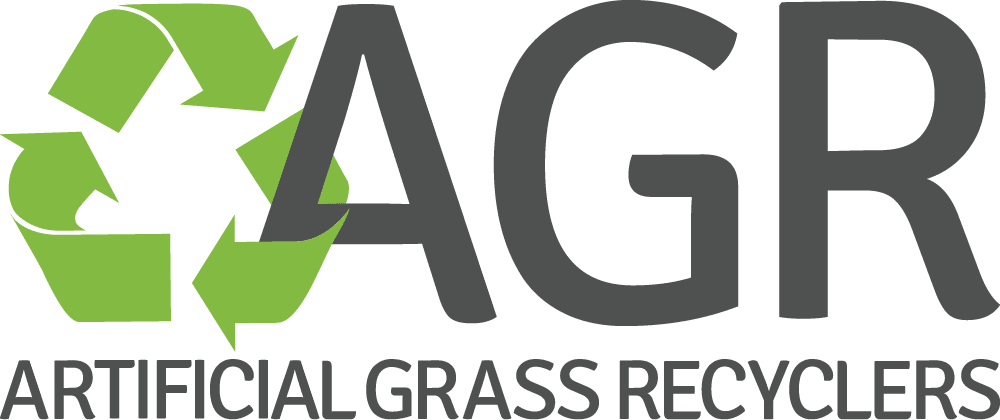Artificial Grass for Indoor Sports
Using artificial grass for indoor sports fields can be an affordable alternative to using natural grass or other surfaces, as it costs much less than other surfaces and requires very little maintenance.
Artificial grass for indoor sports is synthetic grass made from polyester and rubber or foam backing. It is then topped with blades of individual fibers made from a nylon blends or polypropylene. This material successfully mimics real grass. It is a perfect turf for playing any field sport like football, soccer or even baseball. Artificial grass does offer advantages to natural grass when it comes to price, maintenance and more.
Artificial Grass and the Environment

Artificial Grass keeps materials out of landfills.
Indoor sports fields are able to accommodate sports play in places that have unpredictable climates. The condition of artificial grass is not influenced by growth requirements.
It does not need sunlight or watering for it to be maintained, although sports turf should be watered to prevent bacteria from growing as well as regular hardness checks.
There is a variety of artificial turfs that can be used. Plastics and rubbers are used in the production of artificial grass. These materials can come from many different types of recycled items. This has a positive impact on the environment. Artificial grass maintenance does not require chemical fertilizers, fungicides or pesticides. This makes it safer for players of any age.
Artificial Grass Installation and Maintenance
It is more cost effective to install artificial grass for indoor sports when compared to the price of natural grass. The initial investment for artificial grass will be more. The average cost for natural grass is approximately $3 per square foot. A square foot of artificial grass is $5 per square foot on average for installation. The cost savings with artificial grass starts with maintenance. To maintain regular grass, it must be regularly watered, mowed, seeded, fertilized and given pest control. The upkeep for artificial grass can be completed in a fraction of the time required to care for a natural grass.
Cost-effective field lines

Artificial grass feature permanent field lines for indoor sports.
Field lines on artificial grass can be sewn right into the fibers. This means they do not have to be redrawn after a sporting event. If a field is only going to be used for one sport, this would be a cost-effective benefit. The field lines on artificial grass aren’t able to be changed to accommodate different sports. A natural grass field can be repainted to accommodate different types of sports.
Artificial Grass for Indoor Sports Prevents Injury
Artificial grass for indoor sports utilizes polyethylene fibers and provides much less friction between a playing surface and the player’s skin. The friction is less than natural grass. This means there will be a lower chance of players getting abrasions or any type of injuries that are based on friction. It does retain a higher level of heat than natural grass. If the artificial grass is used in an outdoor setting, it may need to have some water applied in order to avoid any type of burns or abrasion injuries.
Recycling Artificial Grass from Sports Fields
Artificial grass can be re-purposed, which promotes environmental health by keeping waste out of landfills and keeps the cost of artificial grass for indoor sports affordable.
